Cutting back on your morning cup of joe? Get your energy levels back up naturally with yogic practices like pranayama.
Pranayama is a breathing practice that focuses on controlling the breath. There are a number of ways to practice pranayama, with different techniques offering their own particular list of benefits.
Some benefits of pranayama include:
– Increased energy
– Activation of the body’s parasympathetic nervous system (or rest and digest)
– Decreased anxiety, stress, and depression (1)
– Improved mental clarity
Use these three pranayama exercises for a quick and natural energy boost to start your day, during a midday slump, or before your workout. All you need is a yoga block and a mat – or any comfortable place to sit!
Skull Shining Breath (Kapalabhati Pranayama)
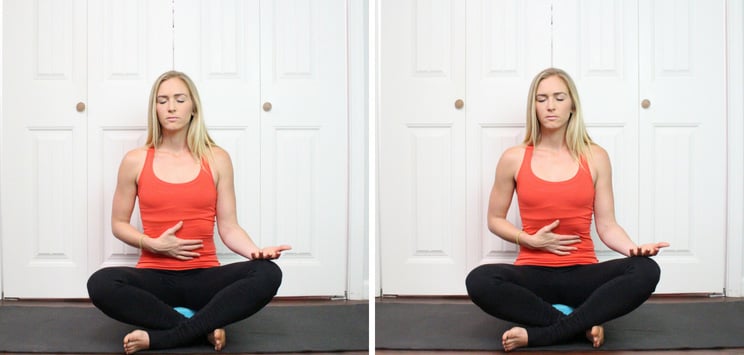
This energizing pranayama technique has been shown to improve mental focus and performance. (2) It is best to perform this technique in the morning.
Note: This breathing technique should not be performed by women who are pregnant.
- Sit cross-legged on the mat with a block underneath you for support. Place your left hand facing up on your left thigh and place your right palm on your belly.
- Close your eyes and begin to inhale and exhale through your nose. When you are ready to begin, inhale through your nose, then take a sharp, forceful exhale through your nose while at the same time pulling your navel up and in towards your spine to contract your abs.
- As your let the abs expand back out, take a natural inhale, then again take a sharp exhale. Continue in a rapid succession, with about 1-2 exhalations per second, for 20 breaths.
- After the last exhale, allow your breath to return back to normal. Take a moment to notice how you feel, then slowly open your eyes and draw your awareness back to the room.
Bellows Breath (Bhastrika)

This energizing breathing exercise helps to energize the body, clear the mind, increase digestive fire and speed up metabolism. This pranayama can also help lower blood pressure. (3)
Note: This breathing exercise should not be performed if you are pregnant, have uncontrolled hypertension, epilepsy, or a panic disorder.
- Begin in a comfortable seated position, sitting up tall with your shoulders relaxed. Place your palms face down on your thighs and take a few cleansing breaths to allow yourself to center. Then, begin to take slow inhales and exhales through the nose.
- Begin your bellows breath by exhaling forcefully through your nose. Follow by inhaling forcefully at the rate of one second per cycle. Make sure the breath is coming from your diaphragm and keep your head, neck, shoulders, and chest still while your belly moves in and out.
- Go through 10 bellows breaths, then find a natural breath and observe your body and mind for a 30-second break
- Resume 20 more bellows breaths, then take another 30-second break.
- Complete a third round of 30 bellows breaths.
- Keep your eyes closed as you find a natural breath and observe your body and mind.
Note: It is important to listen to your body during this practice. If you begin to feel lightheaded, pause for a few minutes and breathe naturally. When the lightheadedness subsides, try another round of bellows breathing, slower and with less intensity.
Lion’s Breath (Simhasana Pranayama)
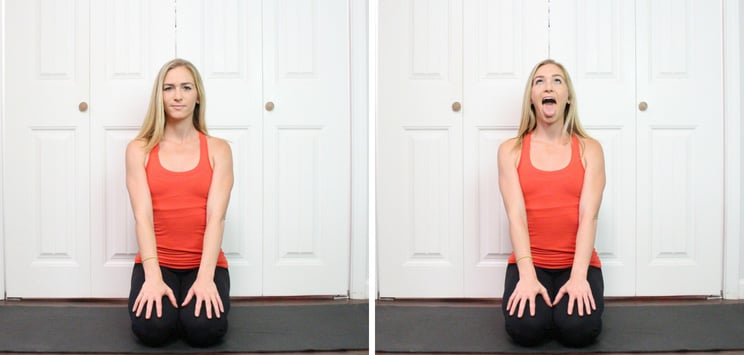
This silly-looking breathing exercise has a lot of benefits. Simhasana, or Lion’s Pose, relieves tension in the face and mind, and is a great reminder not to take life too seriously. According to ancient yogic texts, Simhasana also helps to destroy disease by controlling the flow of energy in the body. This is a great breathing exercise to use first thing in the morning to start your day feeling energized, relaxed, and warm.
Note: If you suffer from a knee injury, practice this pranayama sitting in a chair.
- Start in a comfortable kneeling position by bringing your legs together and sitting your hips back on your heels. If you feel discomfort in your knees, you can sit in a crossed-legged position. Place your palms face down on your knees, straightening your arms and extending your fingers.
- Begin your lion’s breath by taking a slow inhale through your nose. As you exhale, open your mouth wide and stick your tongue out as your make a loud “HA” sound. Gaze up towards your third eye – between your brows.
- As you inhale, bring your face back to neutral.
- Repeat four to seven more times. Once you’ve completed your breaths, find a natural breath and take a moment to notice how you feel physically and mentally.
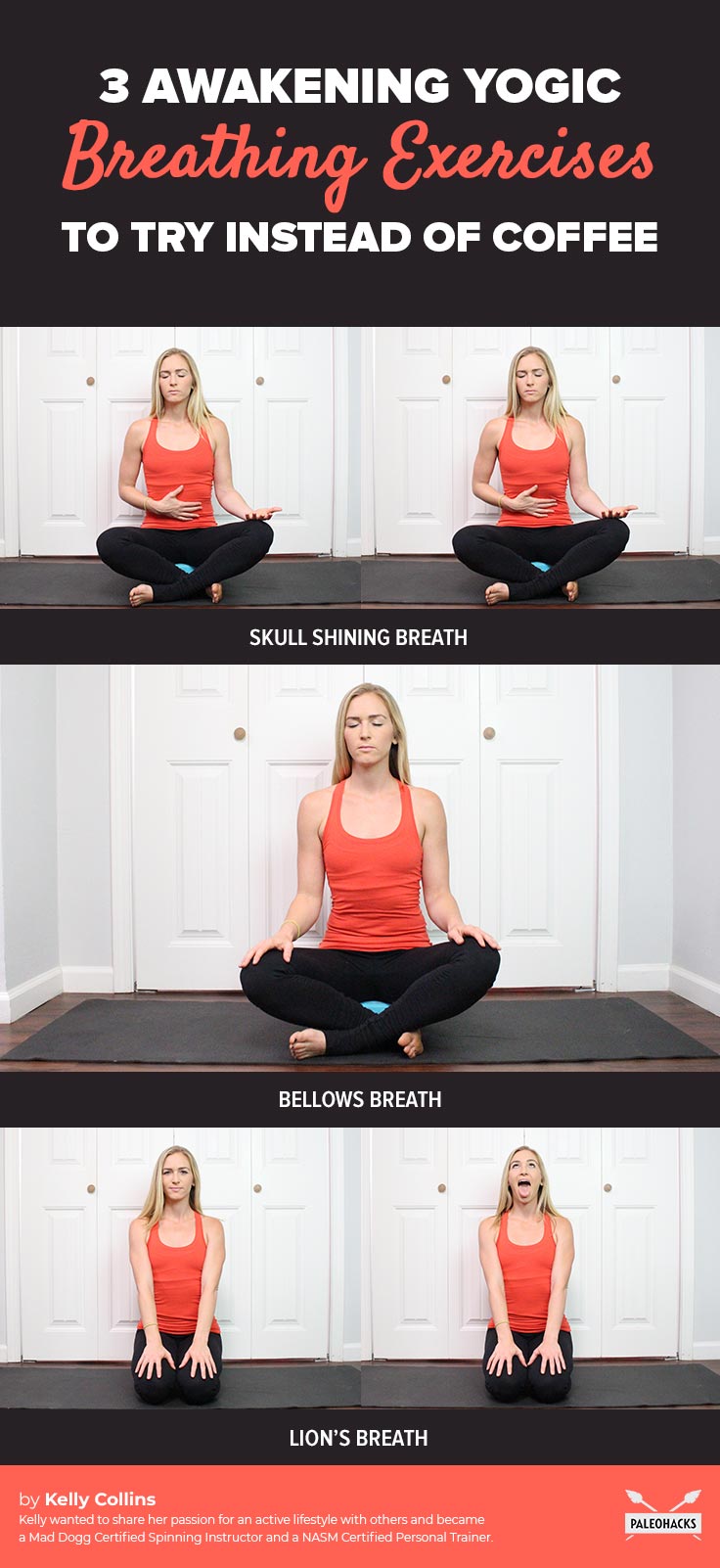
(Your Next Workout: Energizing Morning Stretching Routine)




 The Keto Flu: 7 Symptoms and How To Get Rid Of It
The Keto Flu: 7 Symptoms and How To Get Rid Of It
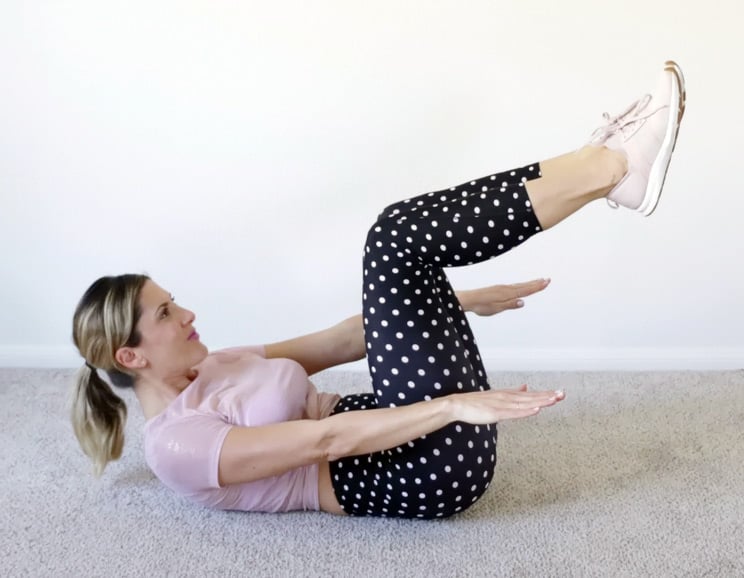


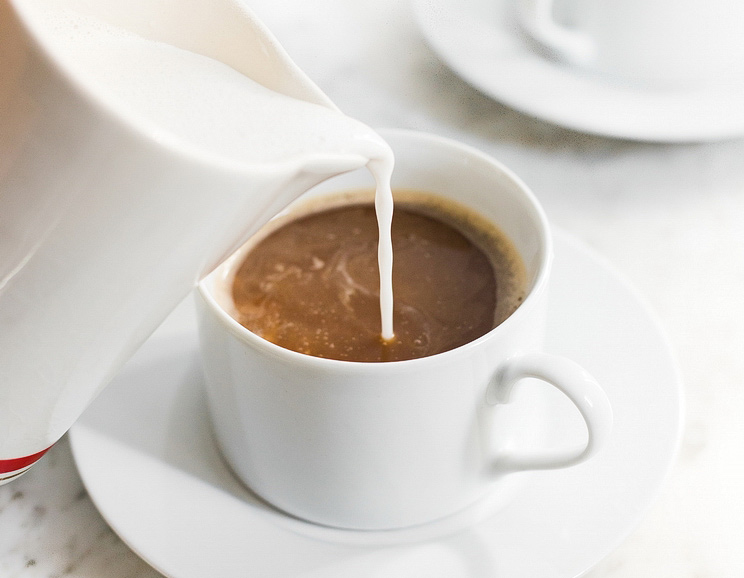

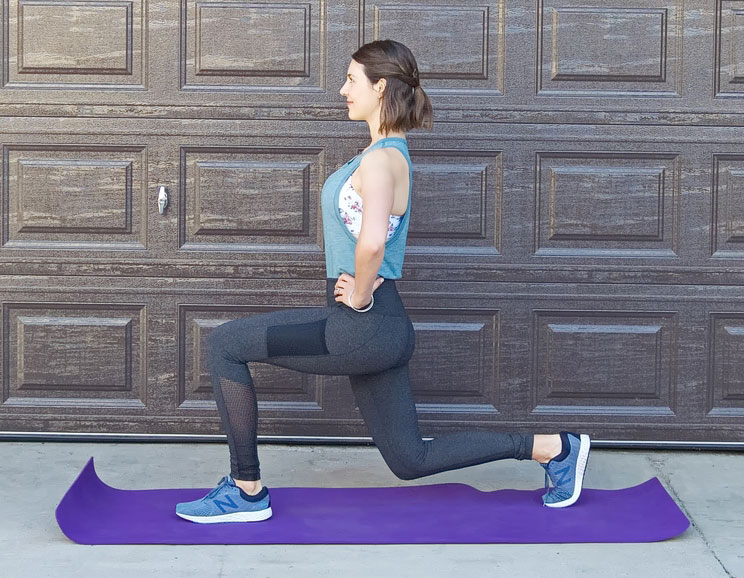



Show Comments